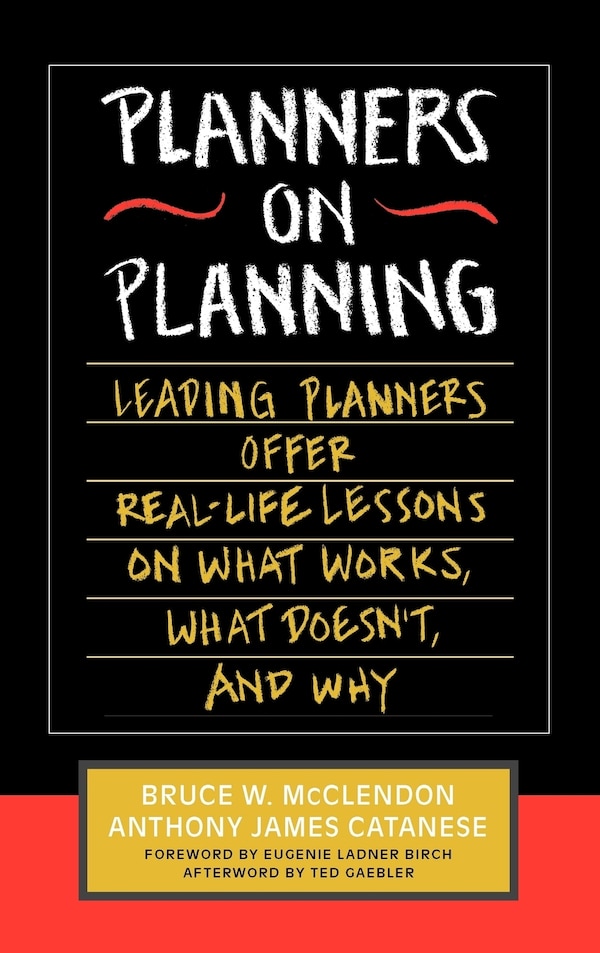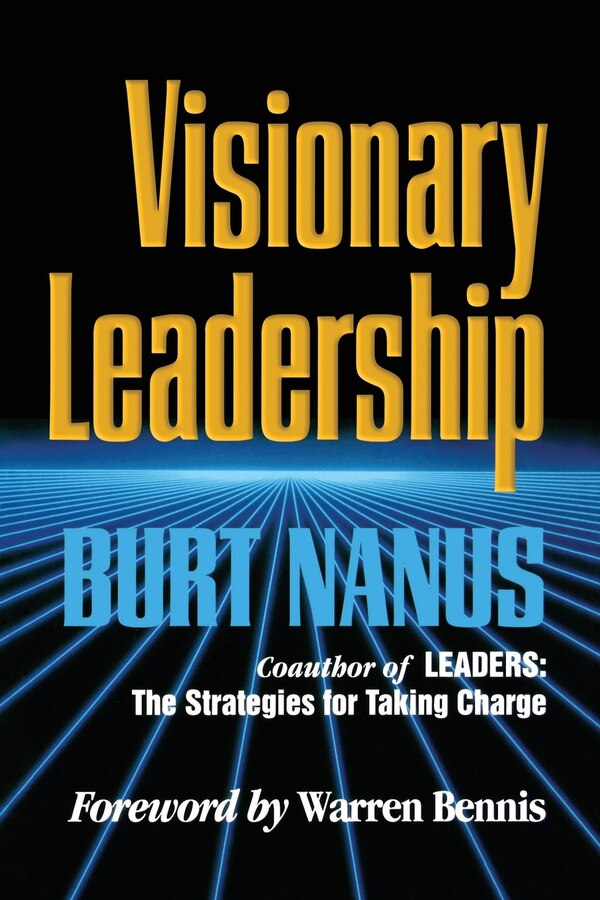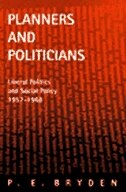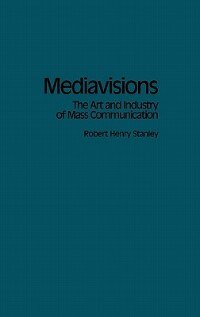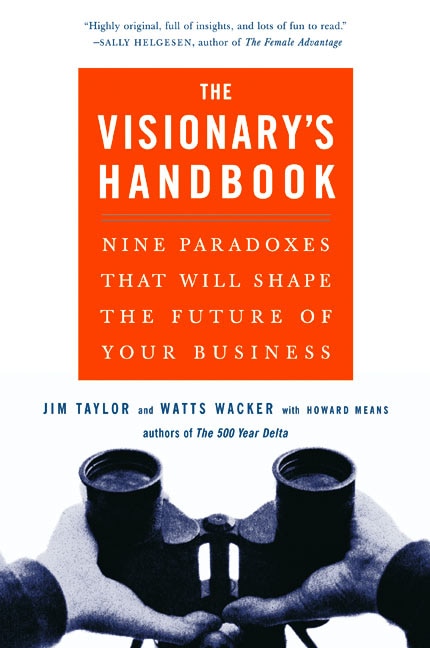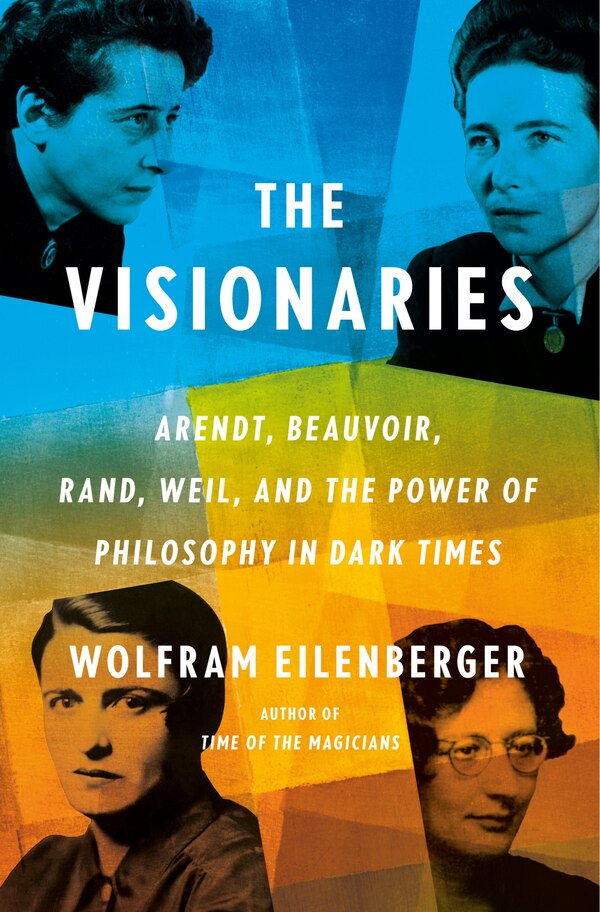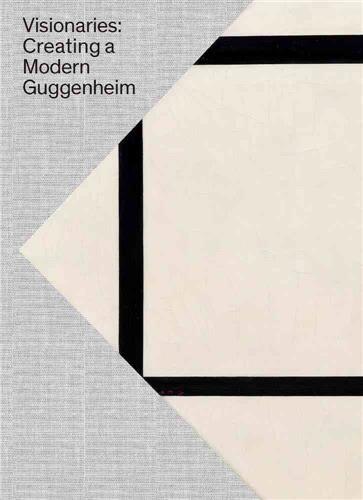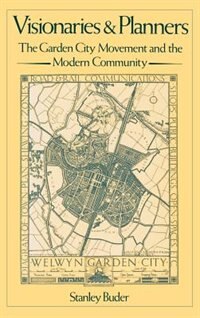
Compare Visionaries and Planners by Stanley Buder, Hardcover | Indigo Chapters
Stanley Buder
$187.00
For nearly a century the Garden City movement has represented one end of a continuum in an ongoing debate about the future of the modern city. In 1898 Ebenezer Howard envisioned an experimental community as the alternative to huge, teeming cities. Small, planned "garden cities" girdled bygreenbelts were to serve in time as the "master key" to a higher, more cooperative stage of civilization based on ecologically balanced communities. Howard soon founded an international planning movement which ever since has represented a remarkable blend of accommodation to and protest againsturban changes and the rise of the suburbs. In this interconnected history of the Garden City movement in the United States and Britain, Buder examines its influence, strengths and limitations. Howard's garden city, he shows, joined together two very different types of late-nineteenth-centuryexperimental communities, creating a tension never fully resolved. One approach, utopian and radical in nature, challenged conventional values; the other, the model industrial towns of "enlightened" capitalists, reinforceed them. Buder traces this tension through planning history from thenineteenth-century world of visionaries, philanthropy, and self help into our own with its reliance on the expert, bureaucracy, and governmental policy, shedding light on the complex changes in the way we have thought in the twentieth century about community, urban design, and indeed the process ofchange. His final chapters examine the world-wide enthusiasm for "New Towns" between 1945-1975 and recent political and social trends which challenge many fundamental assumptions of modern planning. | Visionaries and Planners by Stanley Buder, Hardcover | Indigo Chapters




